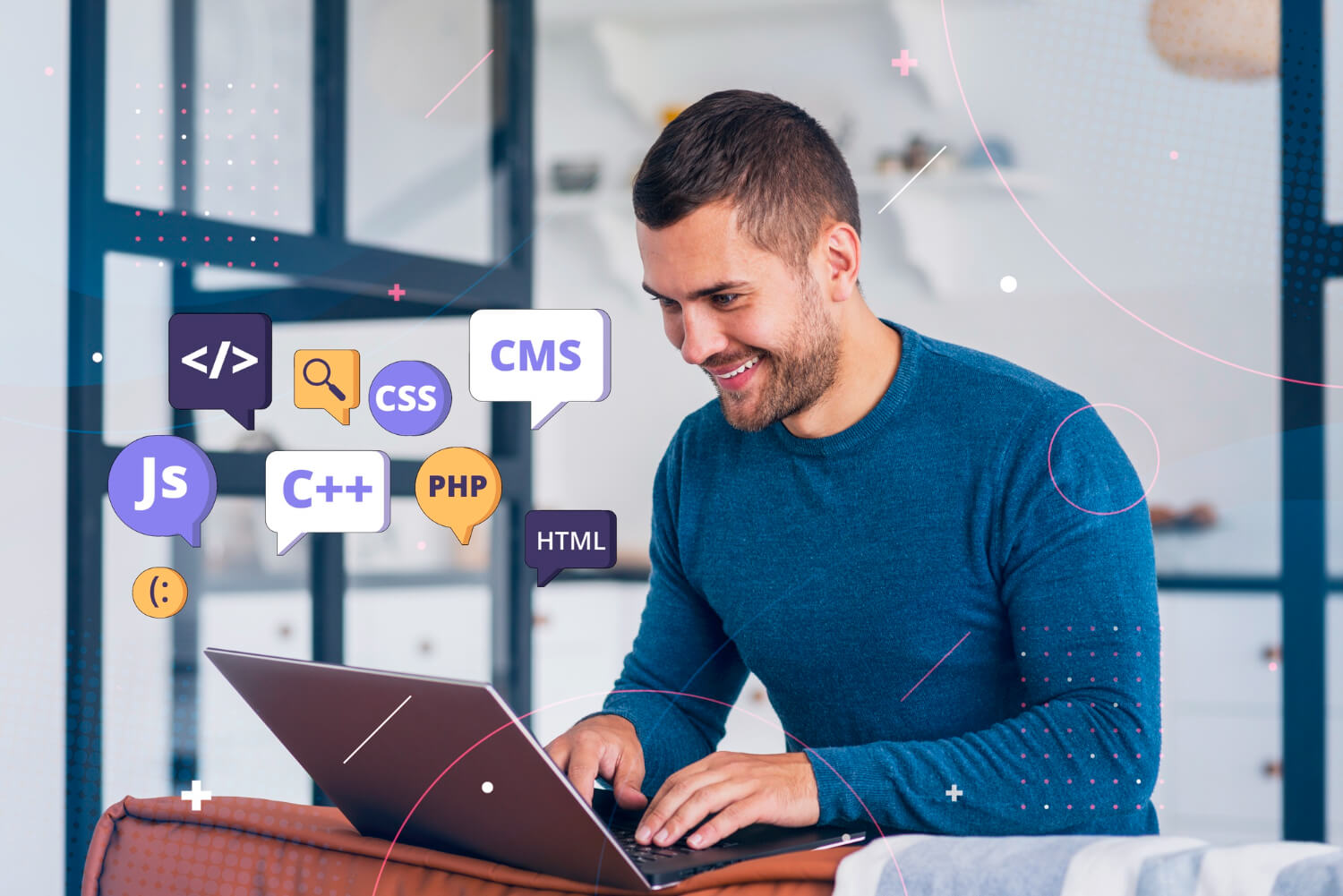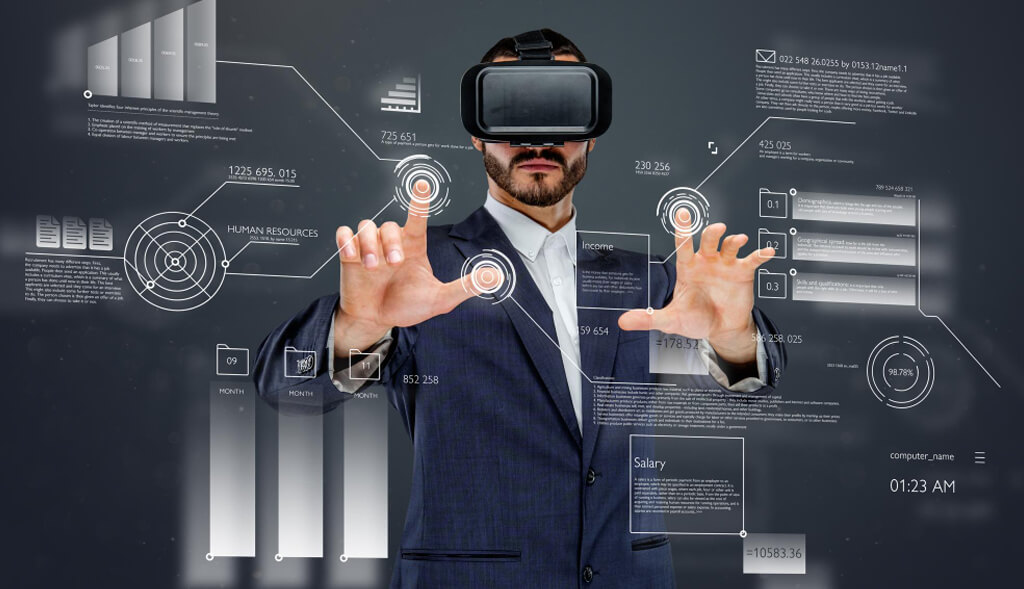Why Every Business Needs IT Infrastructure Monitoring
Why Every Business Needs IT Infrastructure Monitoring
In today’s digital landscape, your IT infrastructure—servers, networks, databases, and applications—is the lifeblood of your business. If the infrastructure fails, the business stops. Yet, many organizations treat IT systems reactively, waiting for an outage or a customer complaint before troubleshooting begins. This approach is costly, damages reputation, and is no longer sustainable.
IT Infrastructure Monitoring (ITIM) shifts your operations from reactive fire-fighting to proactive management, giving you the visibility and control needed to ensure continuous operation and high performance. Here are the core reasons why ITIM is an absolute necessity, not an optional tool, for every modern enterprise.
1. Ensuring Business Continuity and Uptime
- Preventative Maintenance: Monitoring tools constantly track critical metrics like CPU utilization, memory load, and disk space. By setting intelligent thresholds, teams receive alerts *before* a component reaches saturation or failure, allowing them to intervene and fix issues during off-peak hours.
- Rapid Incident Response: When an unavoidable incident occurs, ITIM pinpoints the exact root cause—whether it’s a faulty server, a slow network link, or a database bottleneck—drastically cutting down the Mean Time To Resolution (MTTR) and minimizing service disruption.
2. Optimizing Performance and Resource Management
- Capacity Planning: By analyzing historical usage trends, monitoring helps forecast future resource needs accurately. This prevents wasteful over-provisioning (saving money on cloud costs or hardware purchases) and avoids critical capacity shortages (preventing slowdowns).
- Service Level Agreement (SLA) Compliance: ITIM provides objective, verifiable data on system uptime and performance metrics, ensuring you meet your commitments to customers or internal stakeholders and helping you manage vendor performance.
3. Enhancing Security Posture
- Detecting Anomalies: Sudden spikes in network traffic or unusual access patterns often indicate a security breach or malicious activity. Monitoring tools flag these anomalies in real-time, enabling security teams to isolate and investigate threats immediately.
- Compliance Audits: Comprehensive logging and monitoring records are crucial for meeting regulatory requirements across various industries (like HIPAA, GDPR, or PCI DSS). ITIM provides the documented proof that systems are running securely and according to policy.
4. Improving Customer Experience (CX)
- Proactive Problem Solving: ITIM allows you to identify performance issues—like slow application loading times or transaction failures—that affect user experience, often before the users even report them. This ensures a consistently positive interaction with your digital services.
- Aligning IT with Business Goals: By tying infrastructure performance metrics (e.g., database latency) directly to key business outcomes (e.g., checkout conversion rate), ITIM helps the IT department understand and prioritize actions that have the biggest positive impact on the bottom line.
Adopting a robust IT Infrastructure Monitoring solution is not just a technical upgrade; it’s a strategic investment in reliability and performance. It transforms your IT function from a cost center focused on fixing things to a strategic enabler focused on speed, efficiency, and continuous service delivery.








